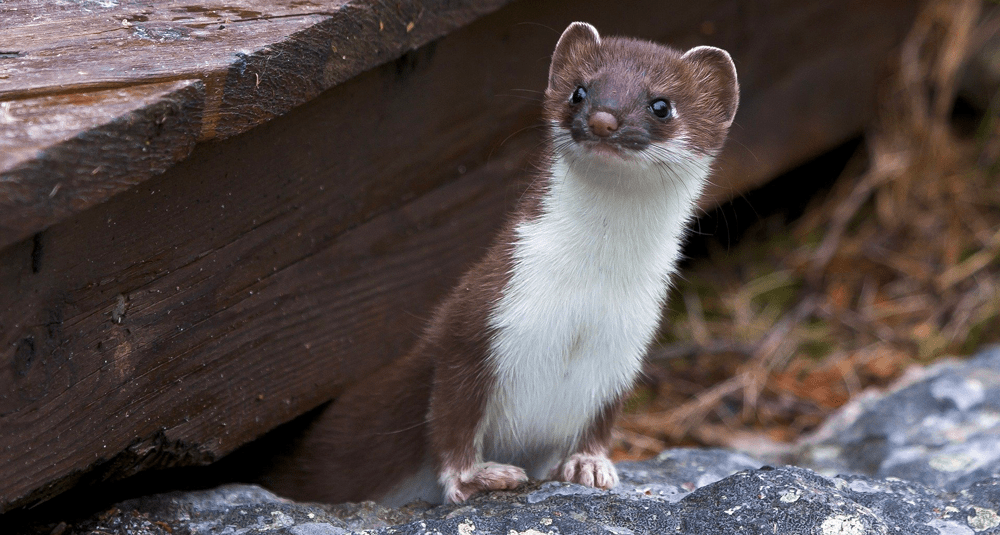What physiological characteristic differentiates the weasel from the ermine?
Last Updated:
The main physiological difference between weasels and ermine is the color of their winter coats. The ermine, also known as the European weasel (Mustela erminea), changes color with the seasons. In summer, its back is brown and its belly white, but in winter it becomes entirely white, except for the tip of its tail, which remains black. This adaptation enables it to camouflage itself in the snow and escape predators, while hunting more effectively.
By contrast, the smaller weasel (Mustela nivalis) doesn’t change color as radically. Its coat generally remains brown all year round, with a white ventral region. Although some weasel subspecies may have a slightly paler coat in winter, they don’t turn completely white like ermines.
This difference in coloration is an important adaptation to their respective environments. The ermine, which often lives in more northerly, snowy regions, takes great advantage of its white winter coat to camouflage itself. The weasel, whose distribution is more varied, does not have the same need for such a pronounced color change.
The physiological characteristic that differentiates the weasel from the ermine is the change of coat in winter. The ermine becomes entirely white except for the tip of its black tail, while the weasel retains a brown coat throughout the year.
You may also be interested in
nature

What physiological characteristic differentiates the weasel from the ermine?
Answer
The main physiological difference between weasels and ermine is their winter coat. The ermine becomes entirely white, except for the tip of its tail, which remains black, while the weasel retains its brown coat.